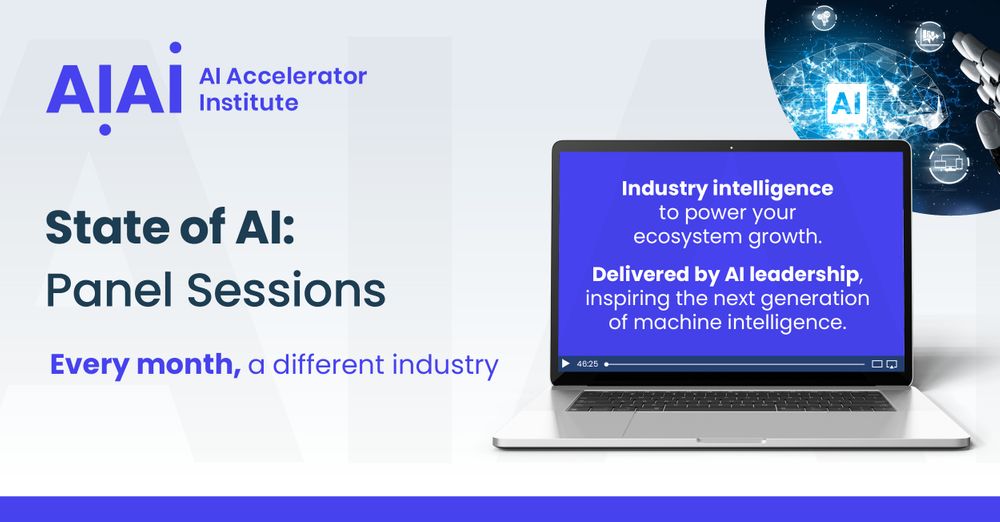Shopping experiences haven’t drastically changed over the years: a customer wants a product, walks into a store, and buys it. Artificial intelligence (AI), however, is revolutionizing the traditional experience and optimizing it by offering automation, personalization, and increased efficiency.
And the e-commerce industry is also benefitting from these technological advancements. The global AI in retail market is expected to increase from US$5 billion to over US$31 billion by 2028. This article mentions some of the many ways AI can help clothing retailers. We've included examples of how you can use AI to enhance your customer experience, such as:
- Customer experience enhancement
- Cashier-free stores
- Supply chain optimization
- Market demand prediction
- Loss prevention
- Bonus: 5 real-life examples.

1. Customer experience enhancement
Keeping your customers happy is important – everyone knows that.
AI is helping companies do just that, by providing solutions like chatbots that personalize your customers’ shopping experience. Browsing the entire website for a product becomes a thing of the past; just type what you want in the chatbot and it’ll direct you, sometimes even giving suitable product recommendations.
Clothing retailers can take advantage of this technology by using AI to let customers upload photos of their desired outfits and suggest similar items from the shop. This can help keep your customers returning by making their lives much easier.
2. Cashier-free stores
The robotization of stores seems to be here to stay, allowing for savings on operation expenses throughout the business. A great example of this is Amazon AI, which introduced its checkout-free stores with Amazon Go and Just Walk Out shopping technology.
It works by letting you pull items from the shelves, or putting them back when you leave the shop. Your Amazon account then deducts your purchases almost instantly. The result? A wider reach in the market, as now the company only needs around six to twenty staff members instead of a full organization.
Some machines can also log how many products a customer bought by scanning the barcodes. They then take digital forms of payment for quick, complete transactions without human staff communication.
3. Supply chain optimization
Looking at optimizing your supply chain?
AI tools can help with that too. The technology can analyze customer buying patterns so you know ahead of time when certain products will be out of stock. If you always run out of items, you could lose buyers’ trust and repeat business. These lost sales will affect your bottom line.
You can also use AI tools to know when product demand will increase. Start stocking up earlier and have a healthy supply before customers start looking to purchase them – confidently stay ahead of the competition.

4. Market demand prediction
Speaking of demand forecasting, it can be powerful for online businesses.
Predict both customer and market demand to meet needs more accurately. You’ll have access to website visitor count, demographics, and more, meaning you can use the data to make informed decisions. The result? Personalized advertising campaigns that make an impact.
In physical stores, AI tools are great for letting you know which areas hold people’s attention for longer periods of time. Organize the shop floor with this in mind to maximize your profit.
5. Loss prevention
Self-checkout technologies in physical retail shops can really benefit from AI tools. Incorporating one of these into the self-checkout stations and video systems lets companies gather valuable data on how theft happens. The AI system will then flag suspicious activity or even alert staff to any potential, real-time shoplifting.
Note: Make sure you choose a reputable system, as your customers’ privacy should be a top priority.
Bonus: 5 real-life examples
1. Macy’s
Macy’s developed an On Call app to personalize answers in each of their individual stores. When customers walk in, they simply open the app and talk to the AI chatbot to ask for directions to an item or to know if what they want is in stock. If the customer starts getting frustrated, the app alerts an employee.
2. North Face
Using IBM Watson’s cognitive computing tech, North Face asks customers about where they’ll wear coats and what activity they need them for. By having this information, the company can tailor recommendations so everyone can find exactly what they need.

3. ThredUp
The consignment store’s recently released Goody Boxes have a certain number of secondhand clothing items. The boxes are personalized to each customer’s style, who can return the ones they don’t like. An AI algorithm remembers individual preferences to make sure future boxes are even more tailored to personal tastes.
4. Sephora
Makeup wearers can spend a lot of time trying to find their perfect makeup shade. Sephora has a solution, which doesn’t even require customers to apply anything on their faces. Color IQ will scan a customer’s face and offer tailored recommendations for concealer and foundation shades. Lip IQ helps them find the perfect lipstick shade, reducing the cost and the stress of trial and error.
5. West Elm
West Elm now uses AI to replace physical style boards. The furniture retailer uses a Pinterest Style Finder scanner to analyze customers’ Pinterest boards. It understands their personal style and creates a recommendation list of home decor and furniture items.
Want more AI in retail content from AI experts?
Sign up for our OnDemand service and listen to three industry powerhouses:
- Anirvan Basu, Chief Data Officer at Leroy Merlin
- Shahmeer Mirza, Director of R&D, Technology at 7-Eleven
- Gerson Montiel Rodríguez, Technology and SW Engineering Director at Walmart Global Tech




 Follow us on LinkedIn
Follow us on LinkedIn



